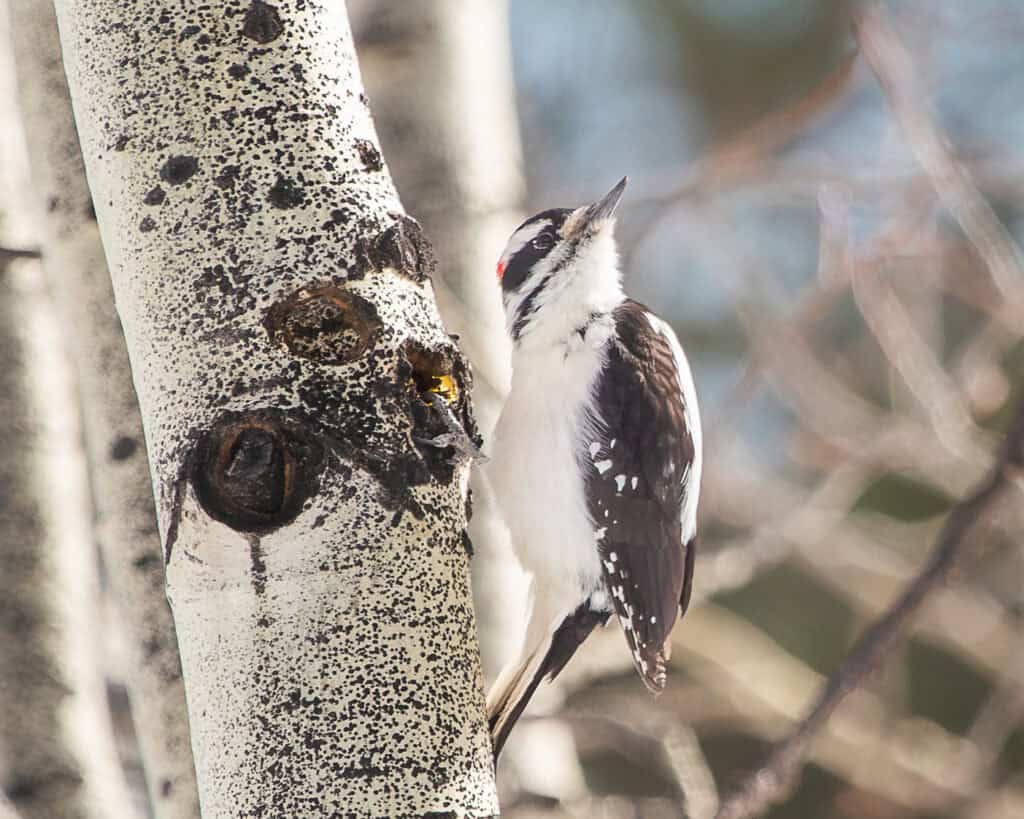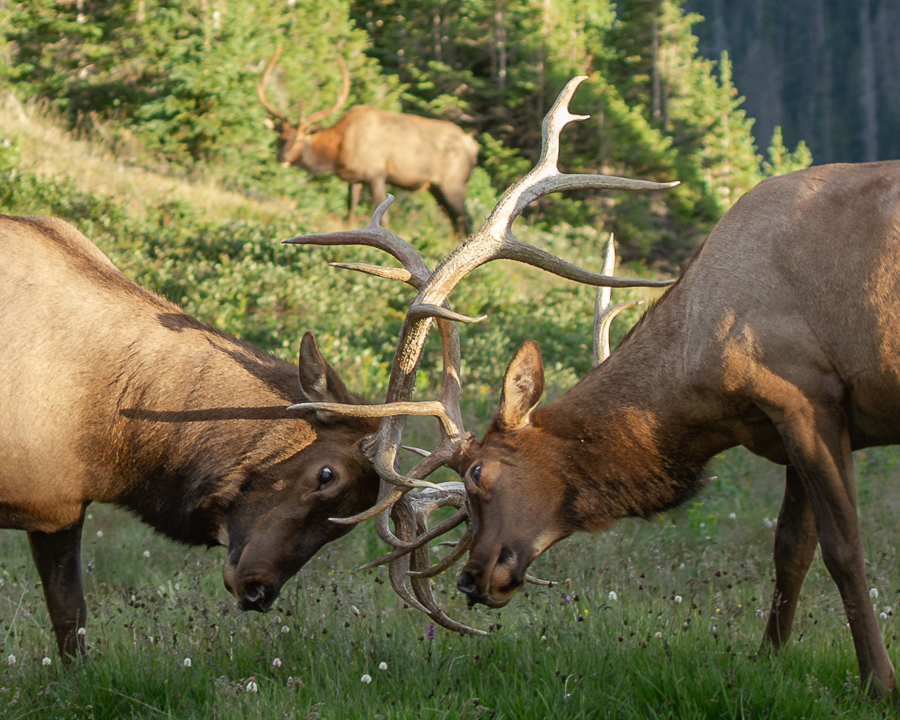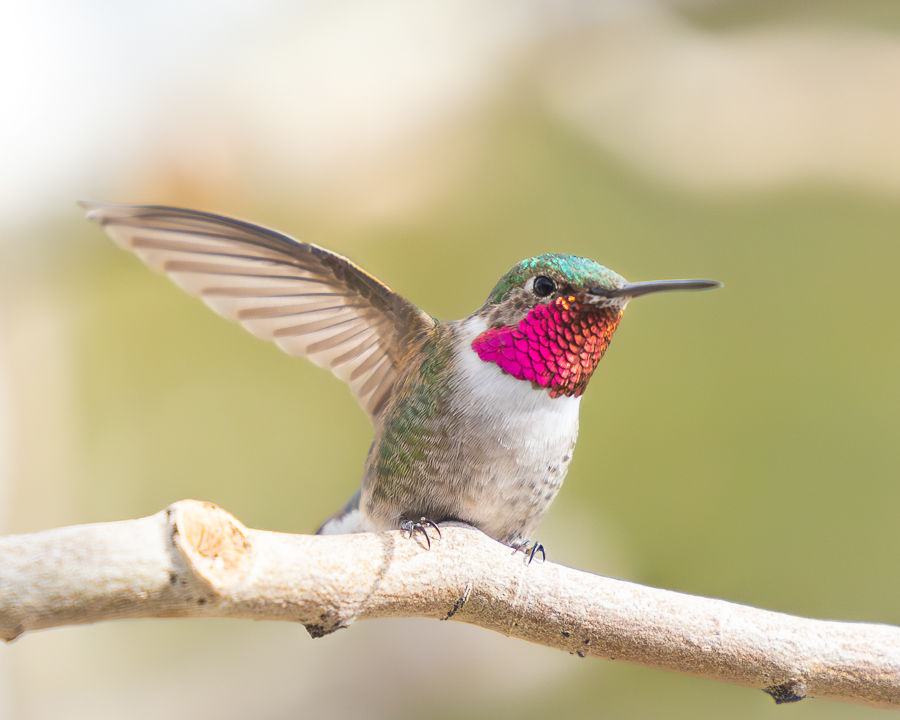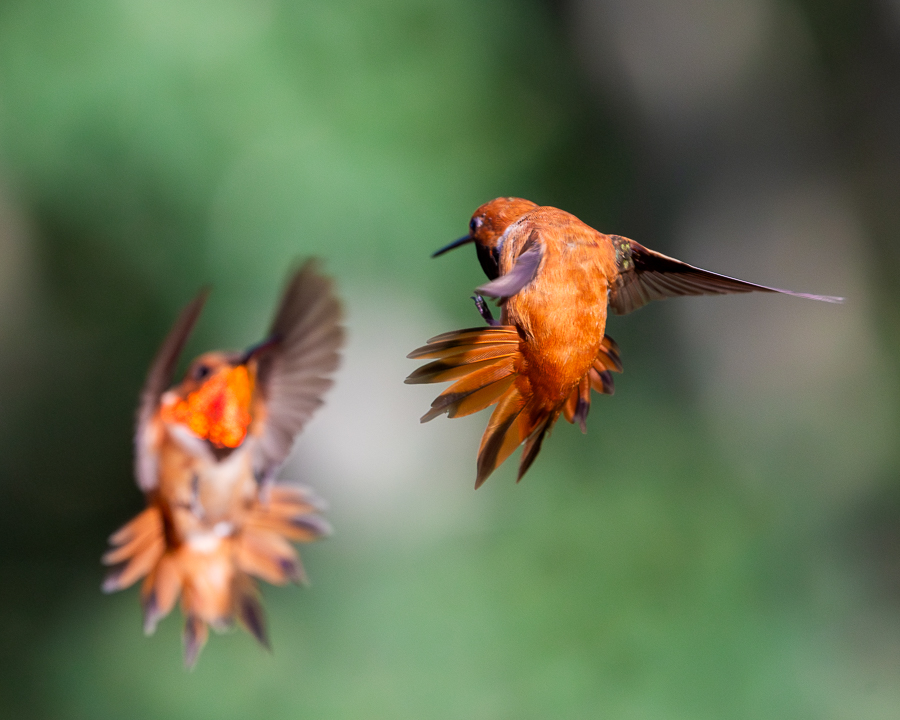One of my favorite signs of the transition to the warmer days of spring is the seasonal migration that bring all manner of birds to their Colorado summer home. With my love of photographing raptors in flight, one of the species in that return near and dearest to my heart is the osprey. Having enjoyed my earliest days of raptor photography with a locally famous pair now likely deceased, observing their behavior and capturing images of them in action has become incredibly entertaining and educational for me.
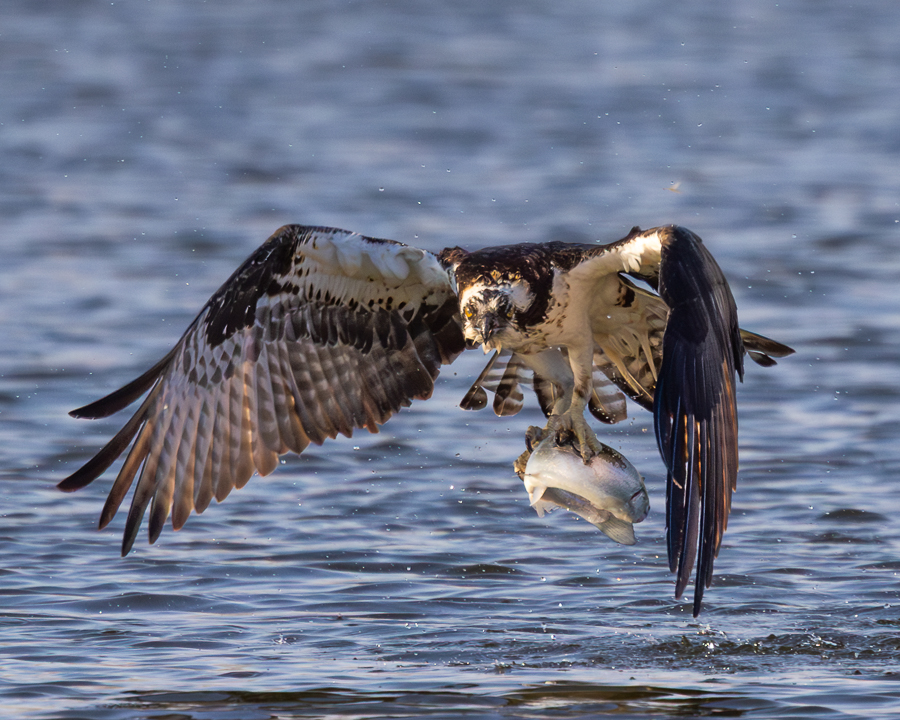
Ospreys are members of the hawk family, and unique to the genus in that their diet is close to 99% exclusively pescatarian (fish eating). The little non-fish portion of their diet is generally during migration through areas where there are no fishable waters. Once returned to their seasonal homes, their nests and territories are exclusively located near lakes, ponds, and dammed rivers with large, shallow pools
These beautiful birds have been around for an estimated 11 million years and reside on every continent of the planet except for Antarctica. Birds that live in warmer coastal areas typically do not migrate, while inland relatives tend to head north for their summers. They have an average lifespan of 15-20 years, and in that time can log as much as160,000 miles or more of air travel.
Throughout their extensive species lifespan they have adapted some incredibly unique features to allow for the refinement of their efficiency as anglers. They have developed a way to close their nostrils while diving for fish. This is essential, as unlike eagles and other birds who fish from the air and skim the surface for their prey, osprey dive with a fully submersed plunge, extending their talons like harpoons just before hitting the water.
Some of you may recall my article published in February regarding tendon locking mechanisms. This same mechanism aids in the osprey’s ranking as master angler in that their fishing success is hands down the most effective of all birds who fish from the air (as high as 75%). That said, on very rare occasions, this tendon locking can cause the bird to not be able to let go of a larger fish and be dragged farther under water than desired and possibly drown.
A little more regarding their talons, they have 4 toes as all birds do, however, rather than a static 3 in front and 1 in the back, they have adapted a moveable toe (like owls) that can shift to a 2 in front and 2 in back position. This allows them to better grip their slippery prey. Once they have regained flight with their catch, they will often reposition the fish to face forward to allow for better aerodynamics. I have often chuckled when viewing close crops of my images of them in flight with a fish, as generally the fish looks quite surprised at the osprey’s lessons on how to fly.
My inspiration for this week’s article comes from seeing my first images of this year’s return to the flatlands. As I write, my batteries are charging for an afternoon and evening at one of my favorite and reliable spots to capture images of these magnificent creatures, St Vrain State Park. The area is a wetland with many nesting platforms for the summer residents, as well as a great attraction for those who are only passing through on their way to their own summer homes (a proverbial buffet, well stocked for anglers both human and avian). As with most migratory species of birds, this arrival on the plains below is a harbinger of the return of the mountain birds within a couple weeks.
Locally speaking, the pair I mentioned at the beginning of the article became famous for their choosing to reside on a platform on the southern county-line lake across from the Kelly Dahl campground. With large pull-outs on either side of the highway, many folks stopped over the years to enjoy the view of the divide and take in the antics of the osprey and bald eagles. While individual osprey still return to the area, a mated pair has yet to take over the platform now that the long-time couple has deceased.
I caught wind last year that a friend and resident of the ranch property has some grand plans for the land. He has a bold and beautiful vision of raising a number of osprey nesting platforms around the other bodies of water on the property in hopes of attracting more of these wonderful raptors to the area. As that plan comes to fruition, I hope to write a follow-up article detailing the project. For now, I will continue my trips below and cross my fingers for an increase in population here in our little slice of nature’s heaven.
Sources:
https://www.smithsonianmag.com/science-nature/14-fun-facts-about-sea-hawks-180949528/
https://www.allaboutbirds.org/guide/Osprey/lifehistory
Originally published in The Mountain-Ear

